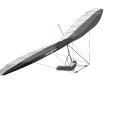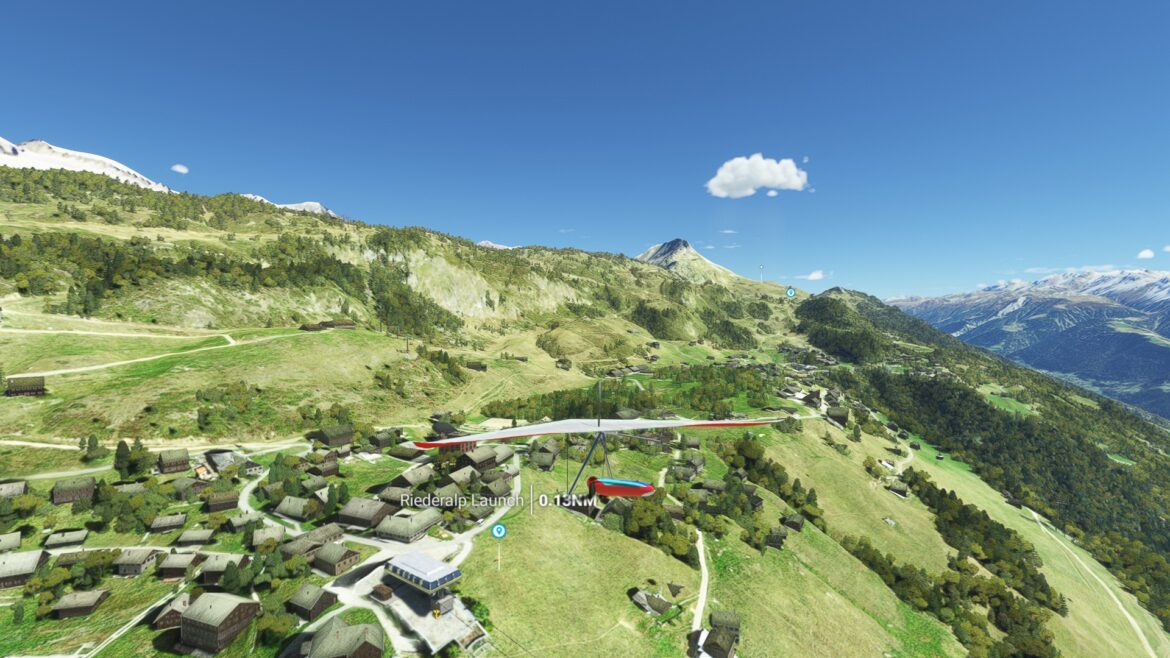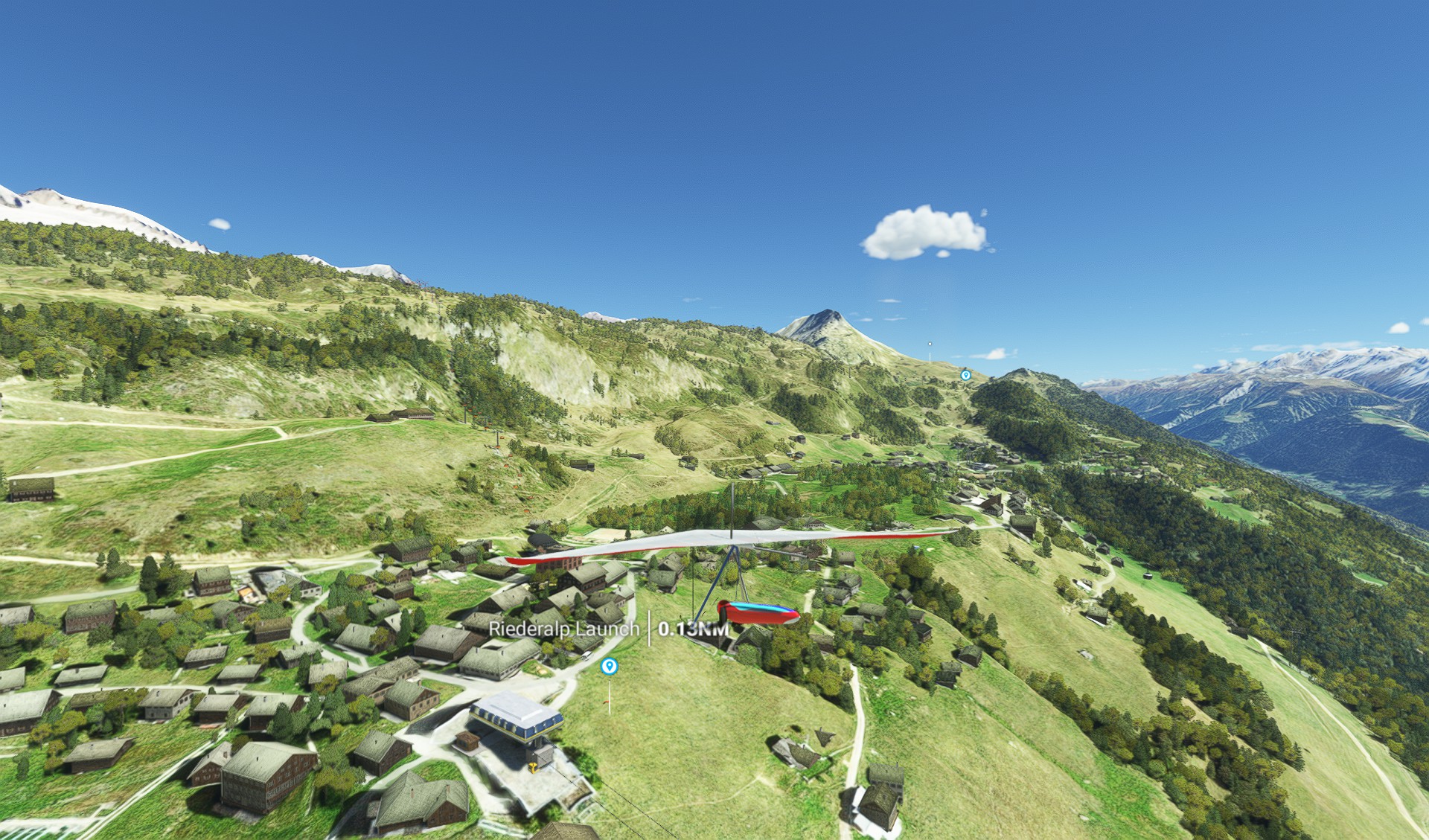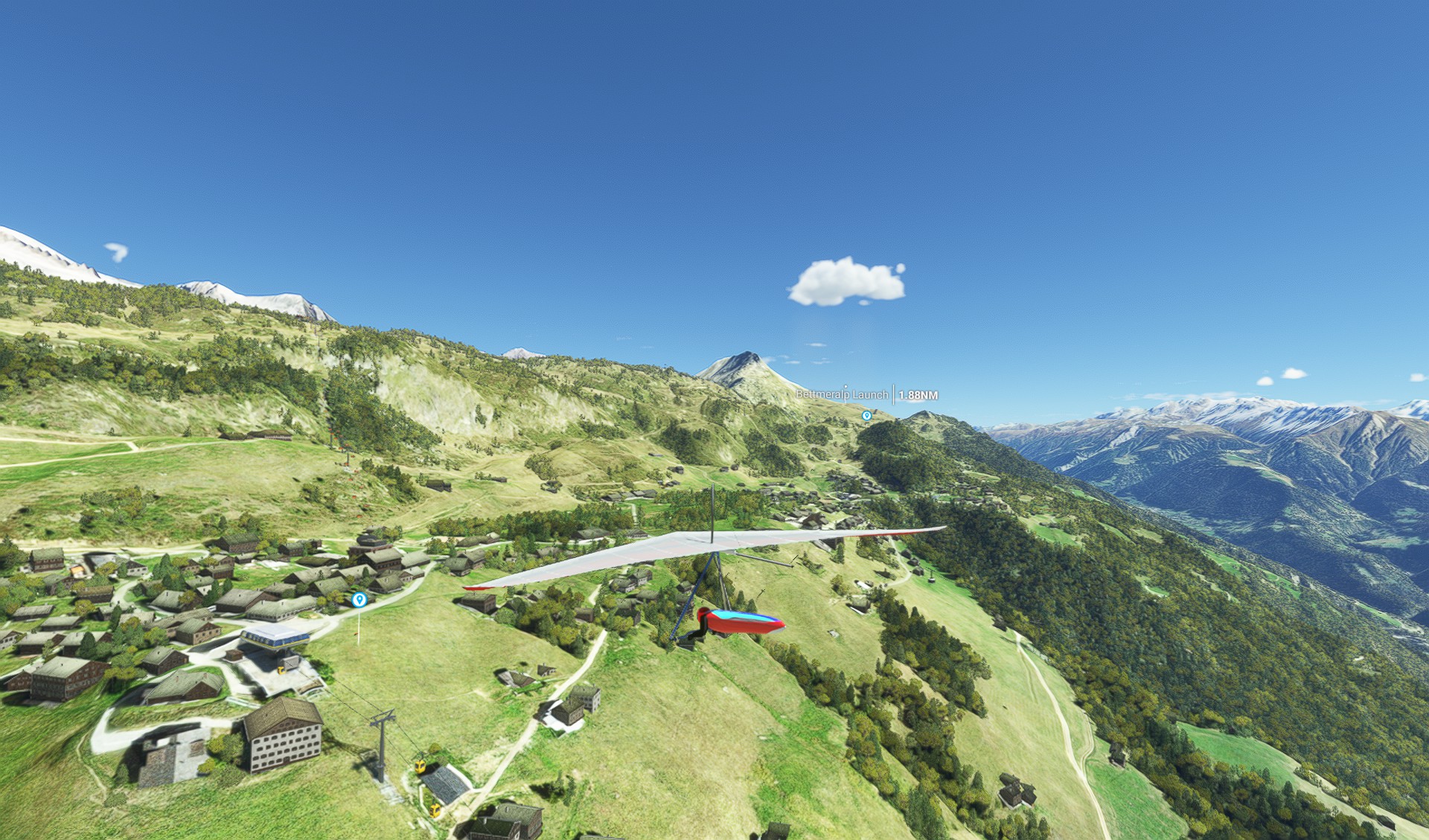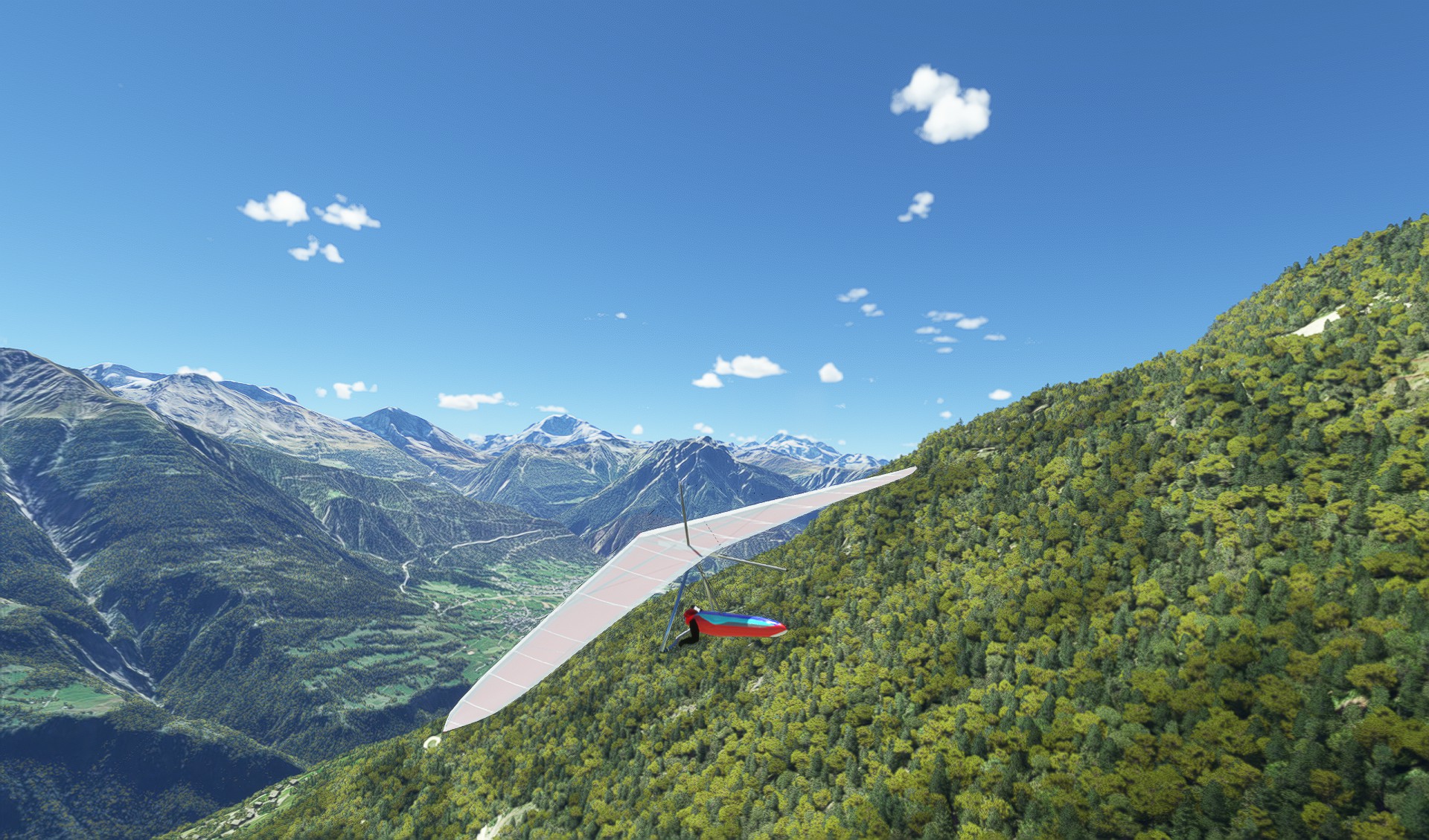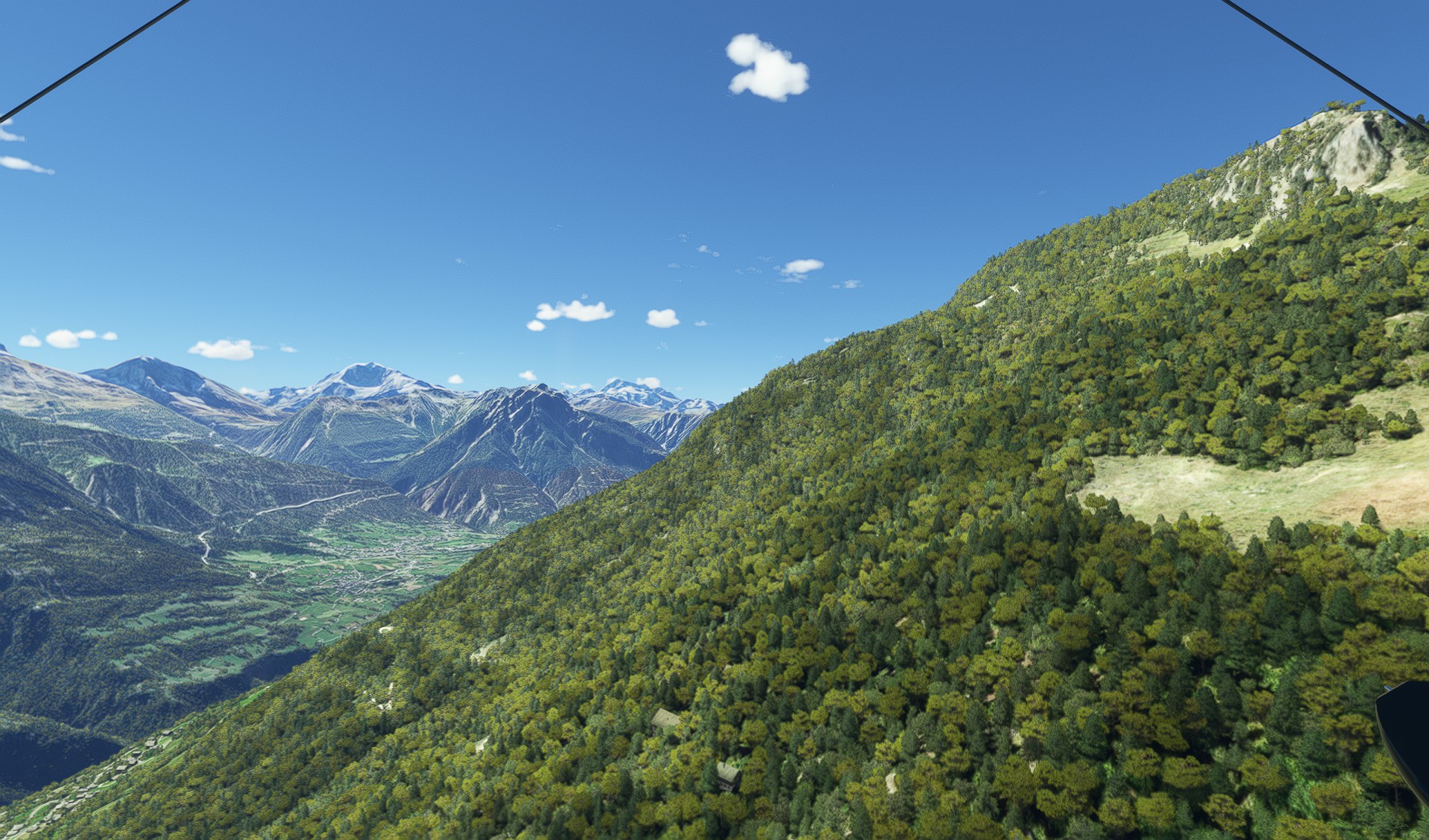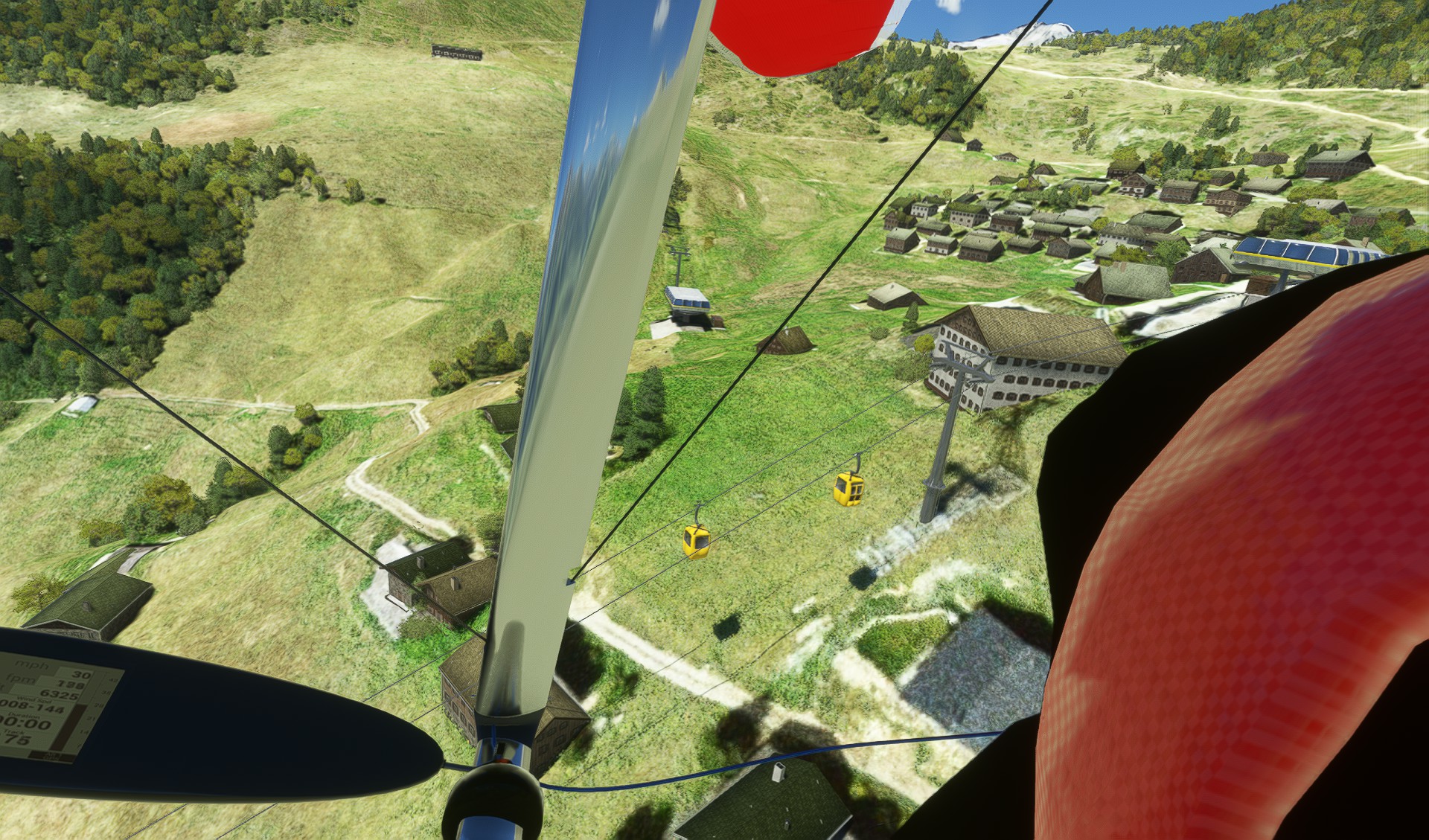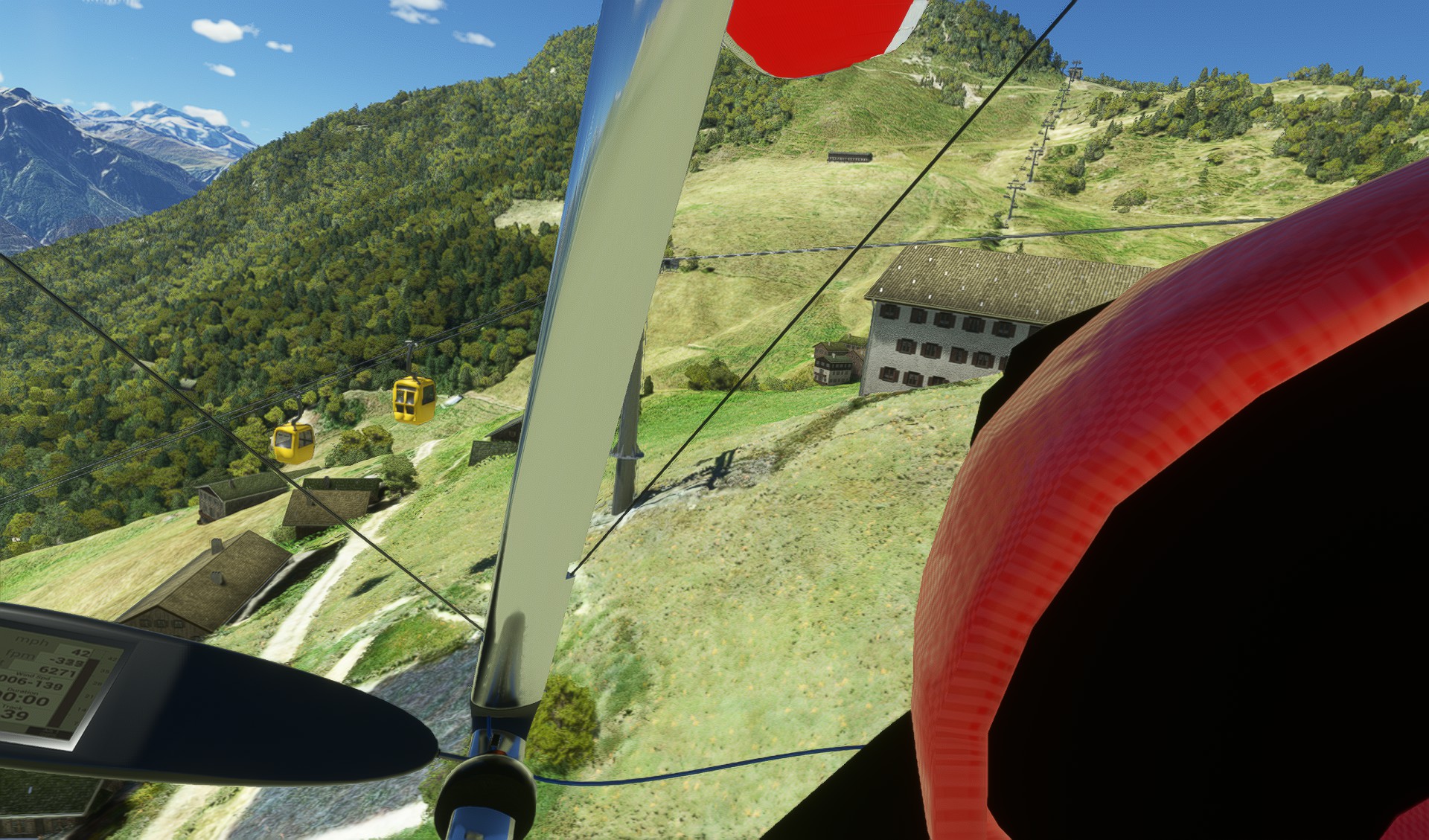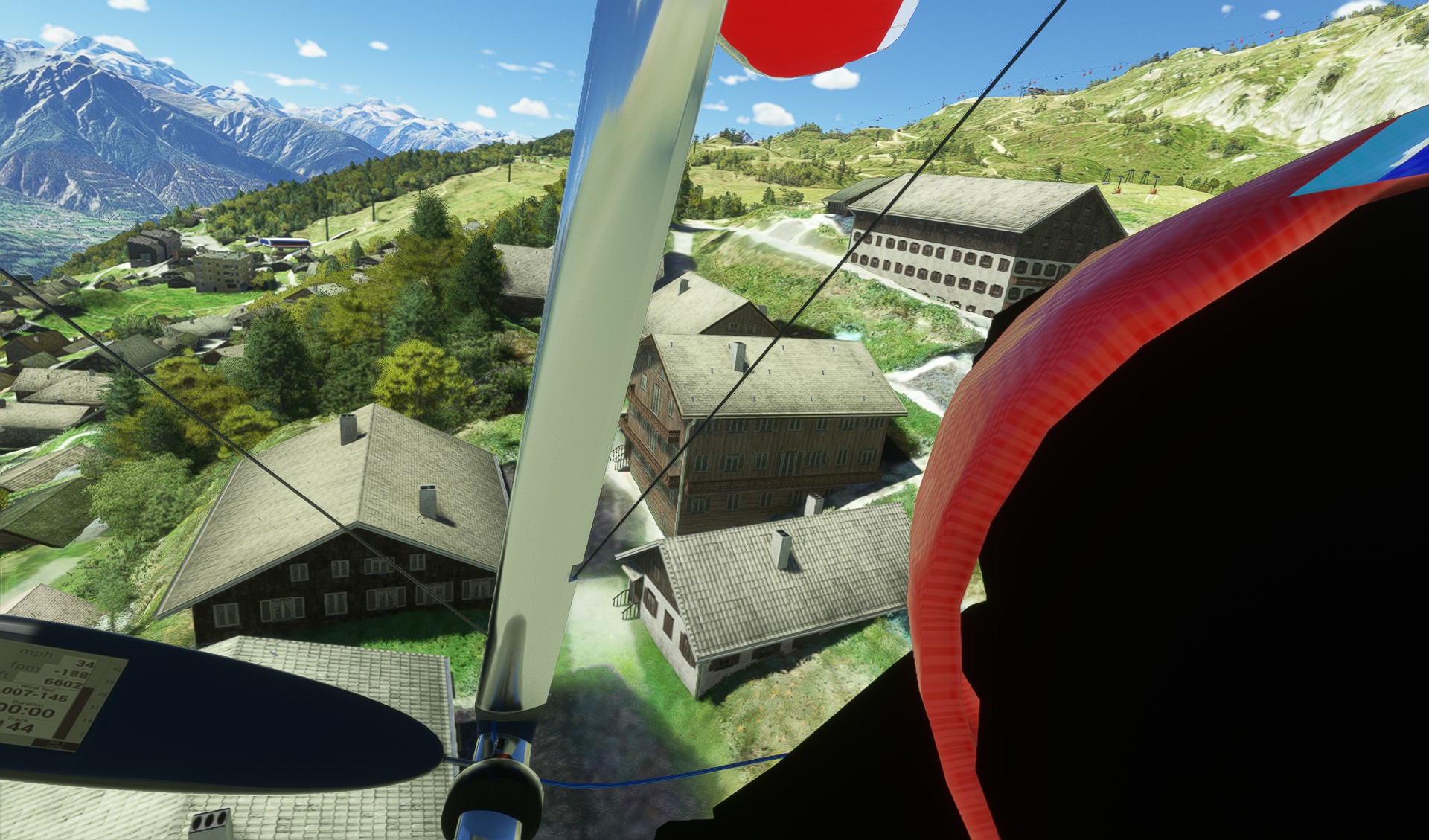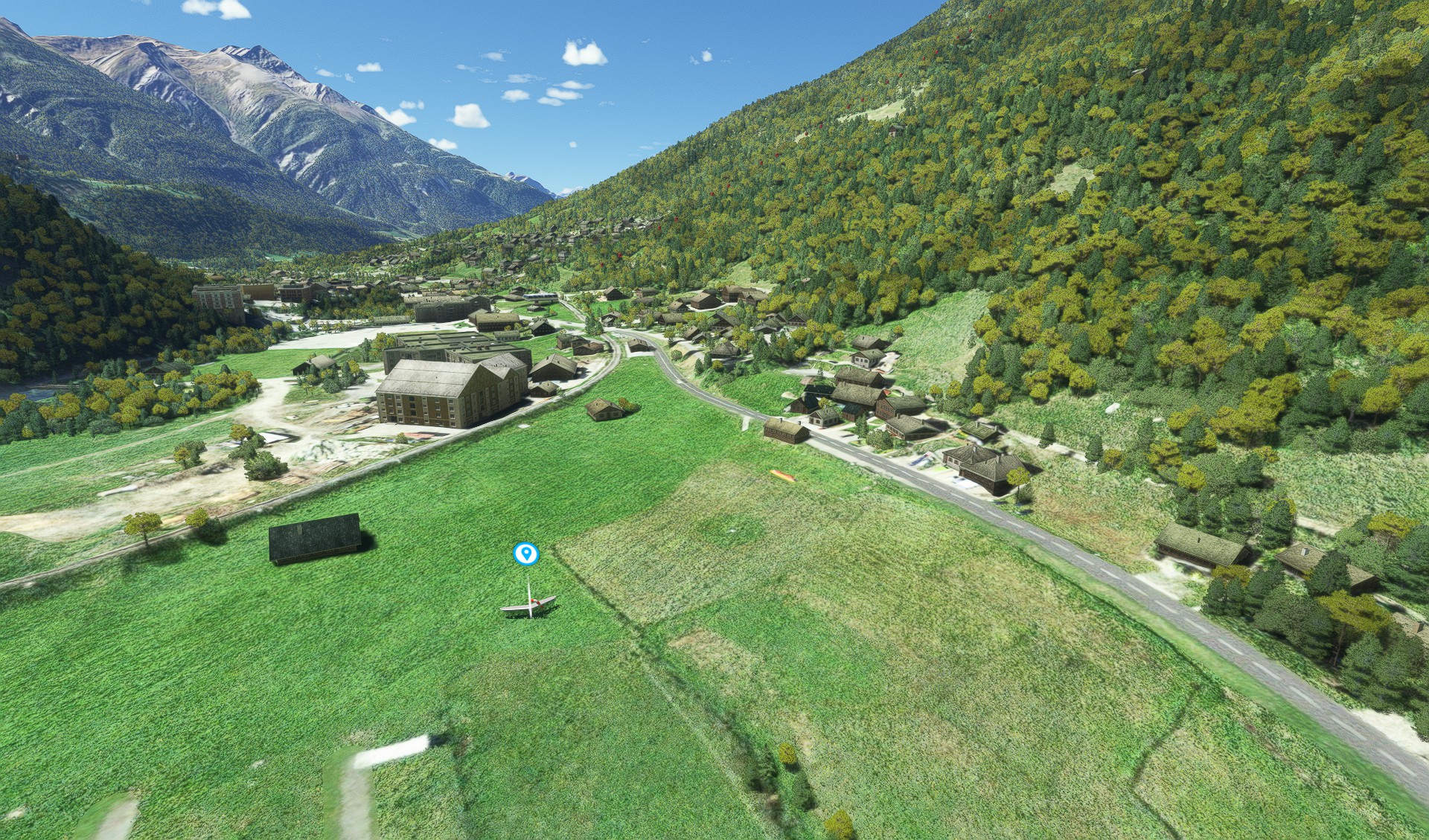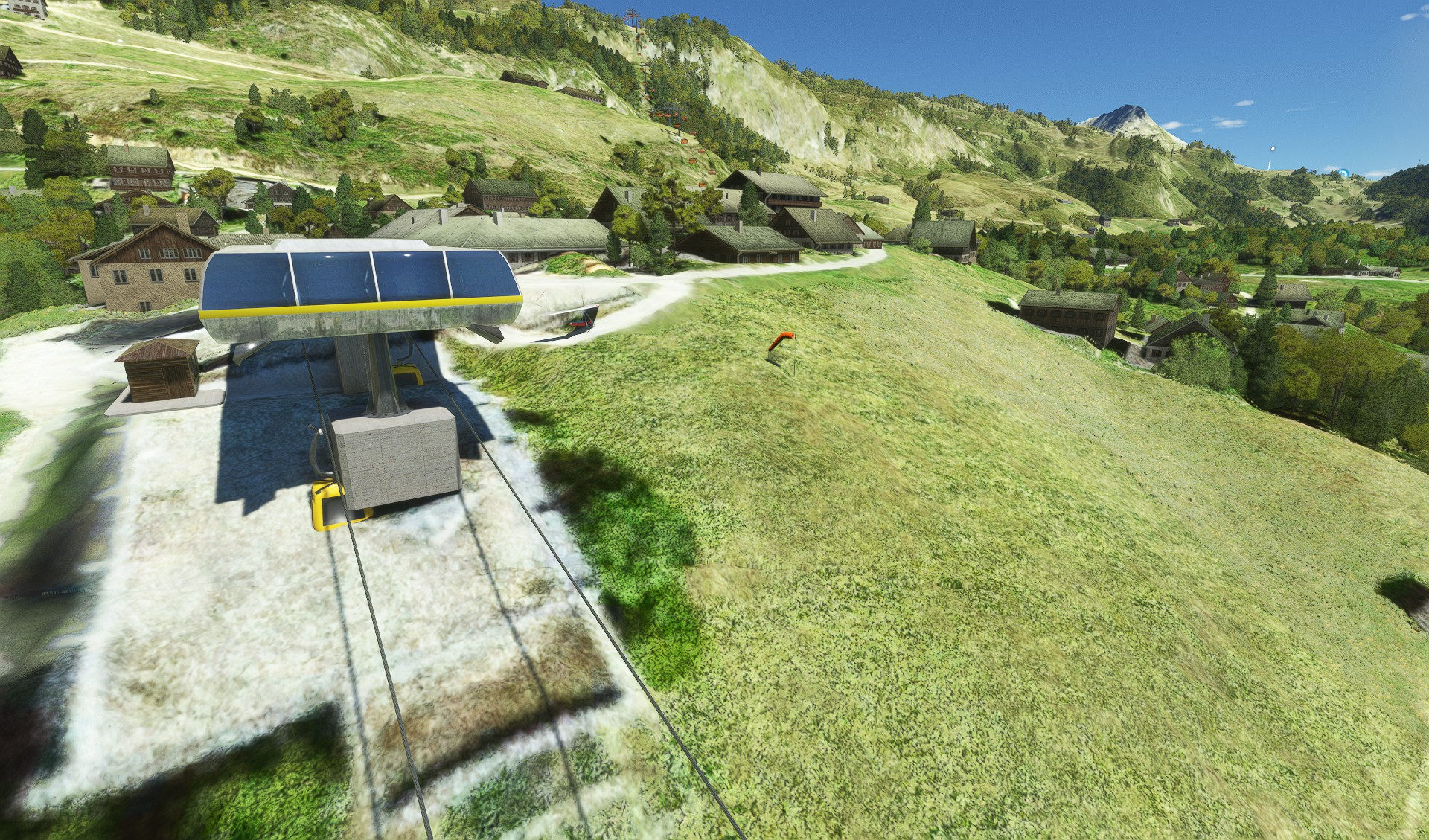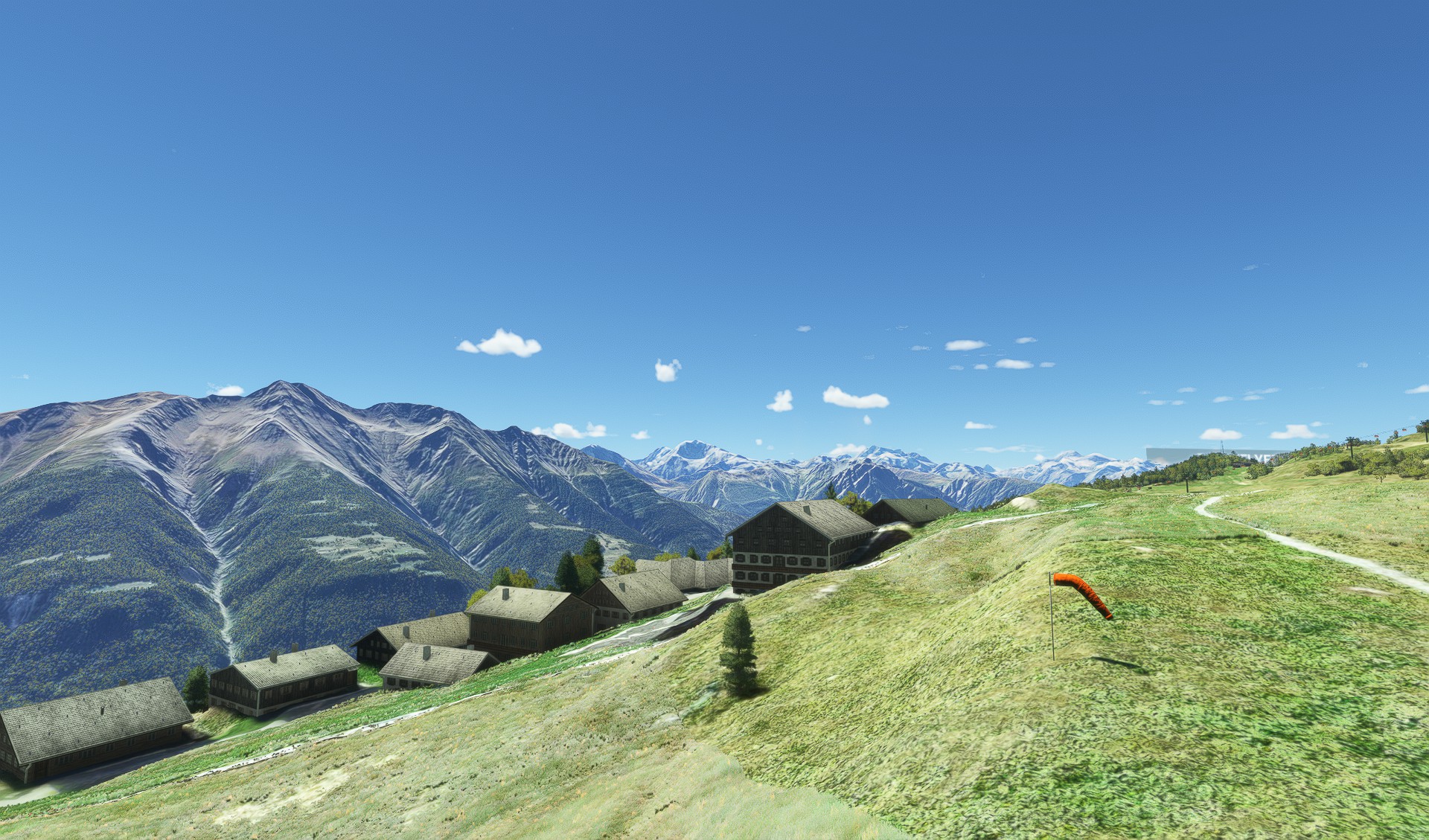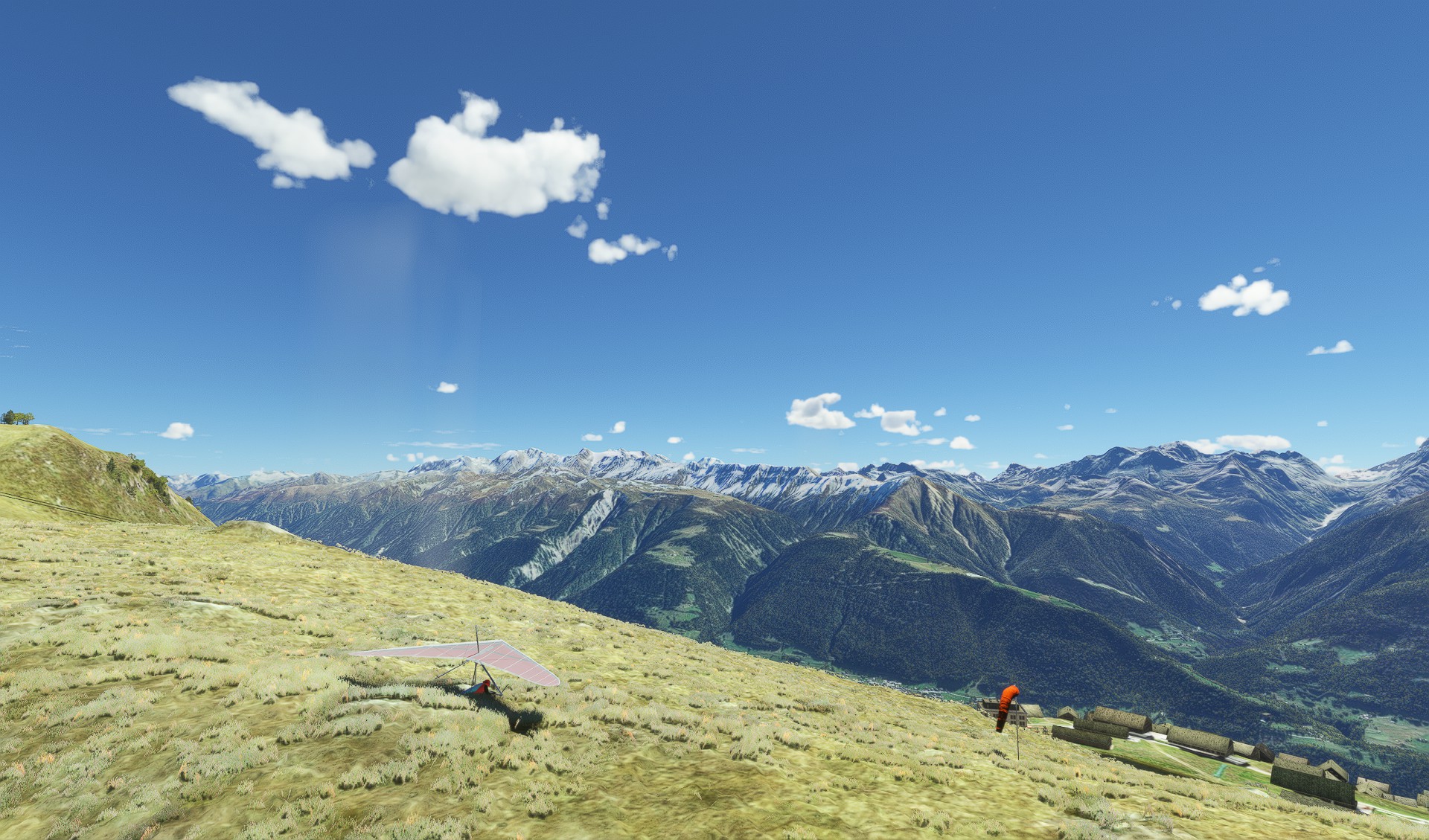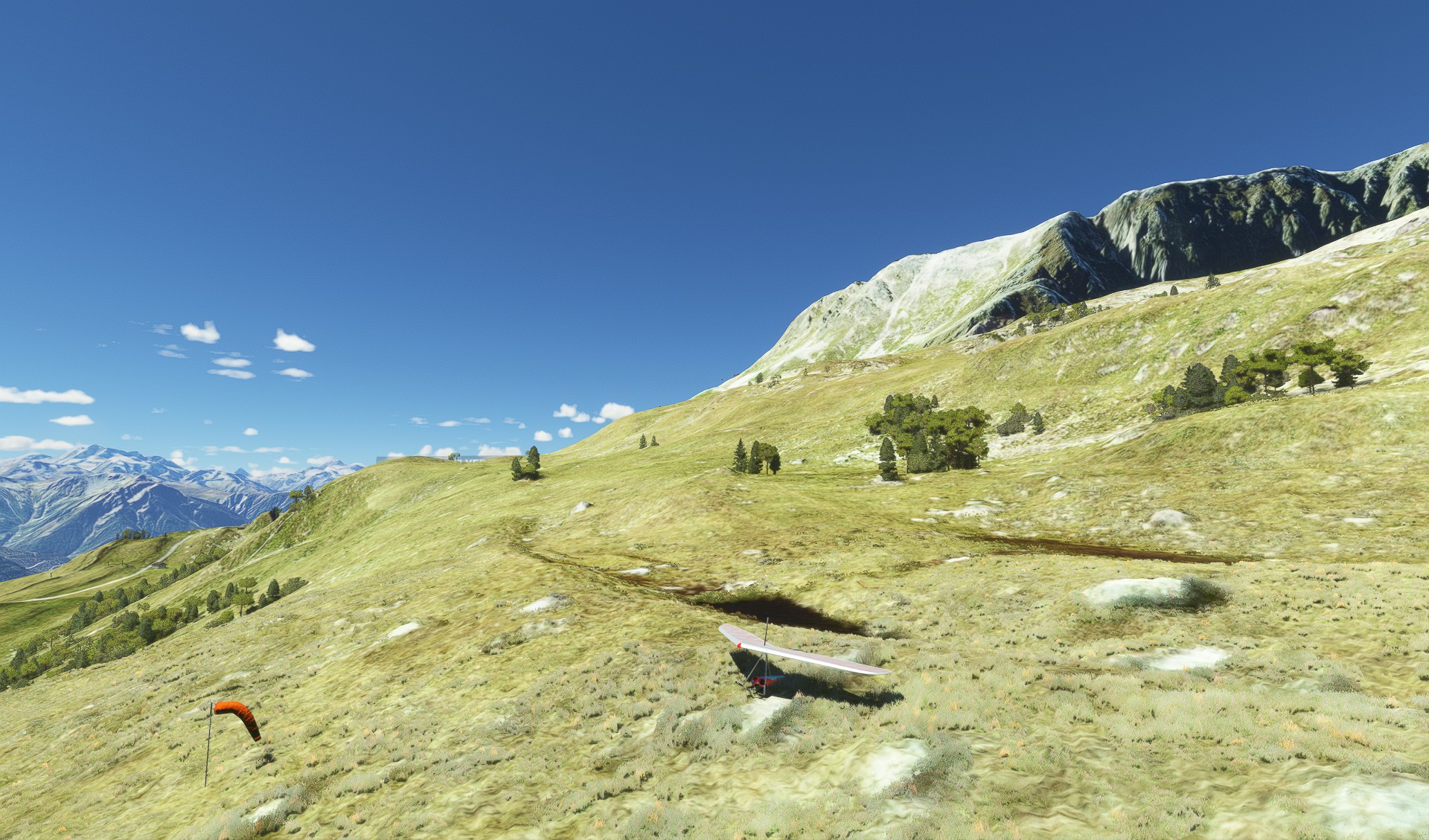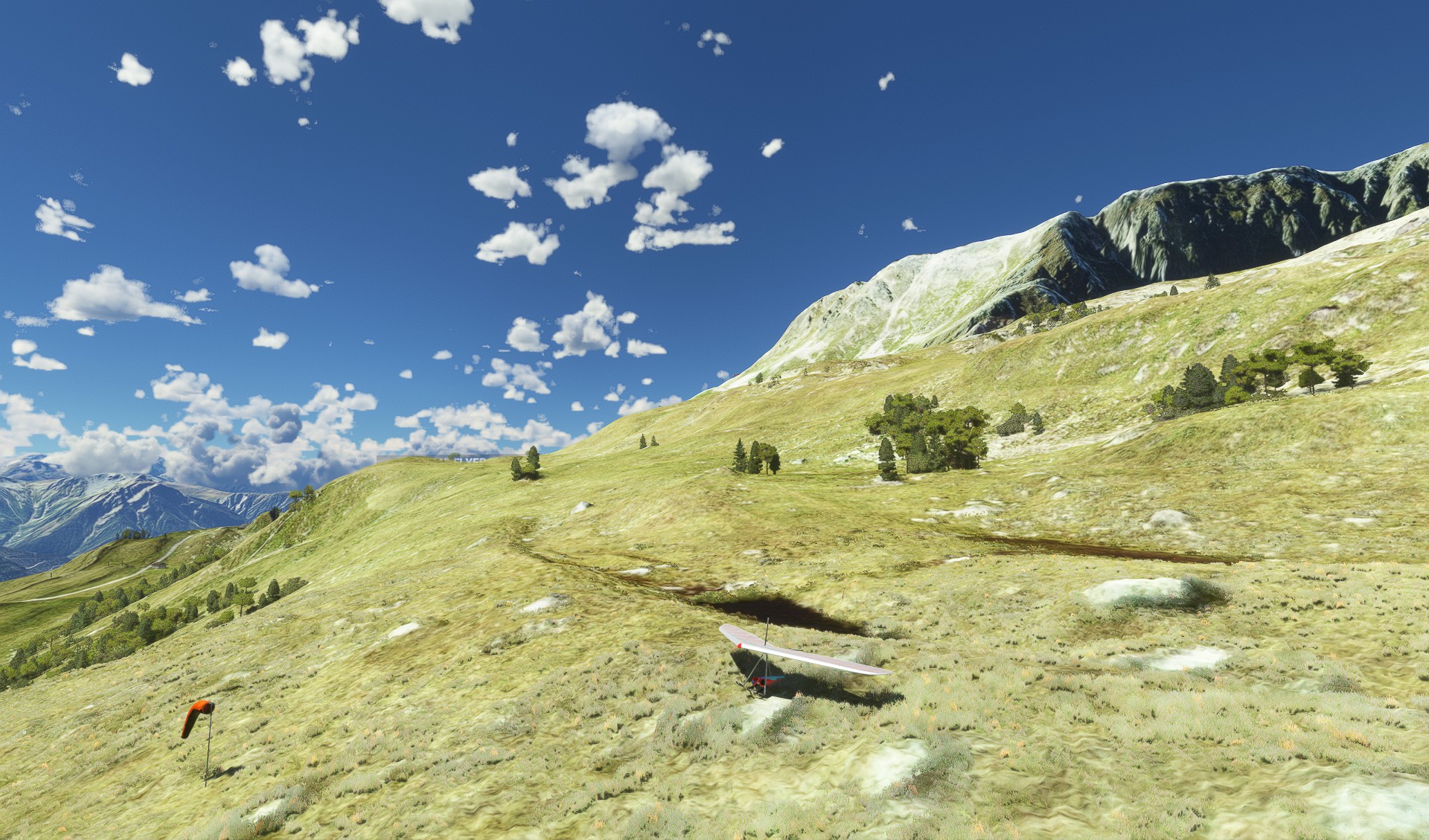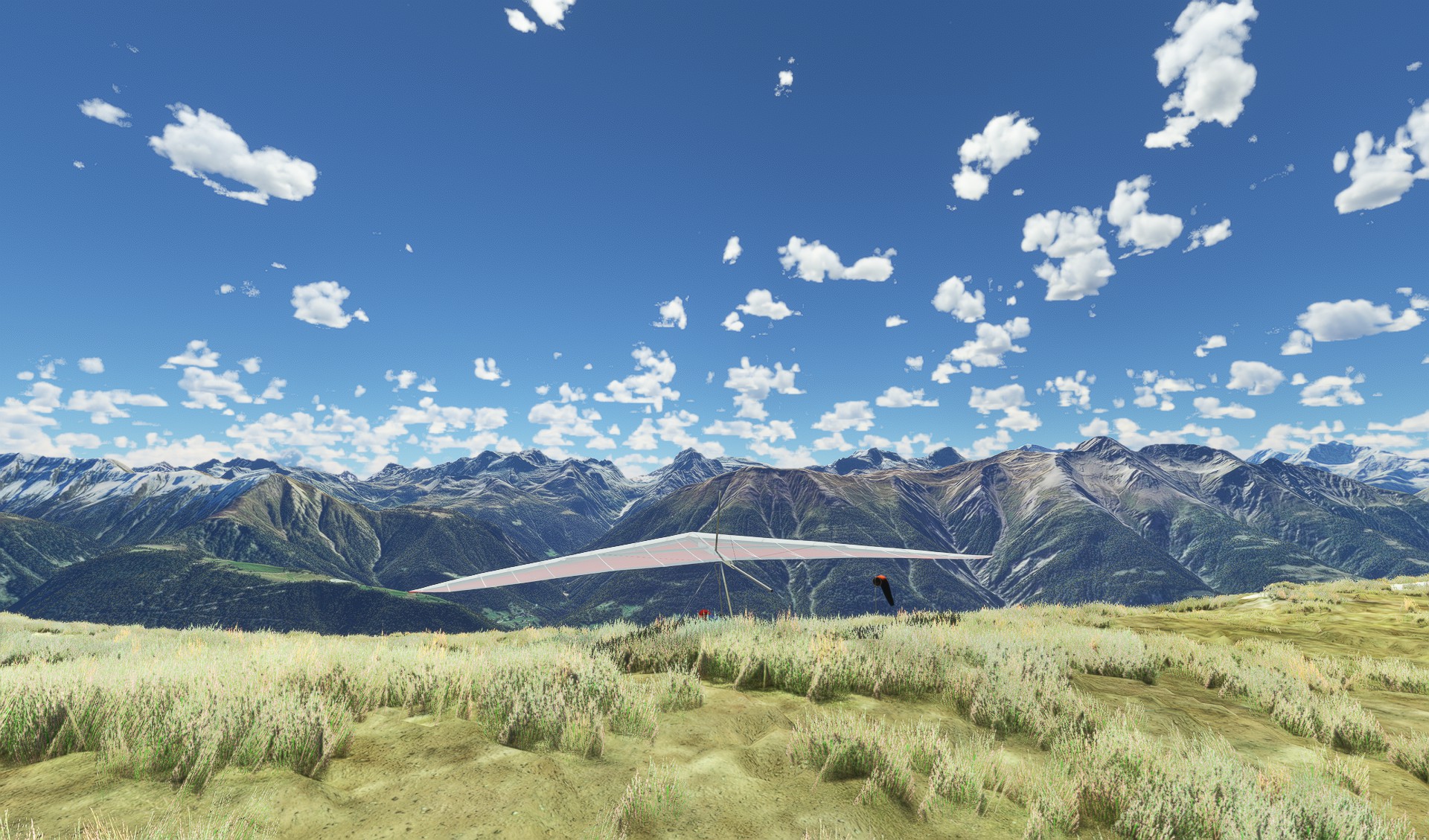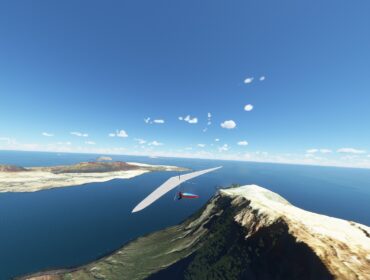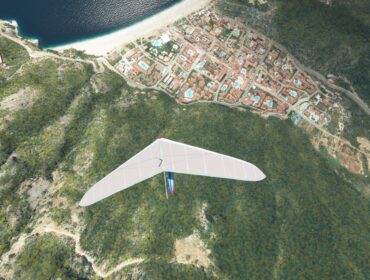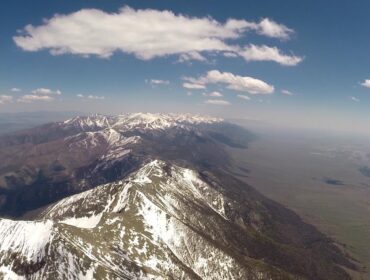Europe – Switzerland
The Aletsch Glacier is the largest glacier in the Alps, located in the canton of Valais in Switzerland. It is a UNESCO World Heritage Site and a popular destination for hang gliding and paragliding enthusiasts. Here is a guide to help you plan your flying adventure over the Aletsch Glacier.
Site Information
The Aletsch Glacier is composed of four smaller glaciers converging at Konkordiaplatz, where its thickness is still near 1 km. It then continues towards the Rhône valley before giving birth to the Massa river. The glacier covers an area of about 81.7 km2 and has a length of about 22.6 km.
The Aletsch Arena is the region around the glacier that offers various activities and attractions for visitors, such as hiking, skiing, biking and of course flying. The Aletsch Arena consists of three villages: Riederalp, Bettmeralp and Fiescheralp, which are car-free and accessible by cable cars.
The Aletsch Arena has several launch sites and landing areas for hang gliding and paragliding, depending on the wind direction and weather conditions. The most common launch sites are:
- Fiescheralp (2212 m): This is the main launch site for flying over the Aletsch Glacier. It is located near the cable car station and has a large grassy area for take-off. The launch site faces south-west and is suitable for light to moderate winds. The coordinates are 46.4069° N, 8.1139° E.
- Bettmeralp (1950 m): This is another launch site for flying over the Aletsch Glacier. It is located near the chapel of Bettmeralp and has a small grassy area for take-off. The launch site faces south-east and is suitable for light to moderate winds. The coordinates are 46.3914° N, 8.0606° E.
- Riederalp (1925 m): This is a launch site for flying over the Riederfurka ridge and the valley of Mörel. It is located near the golf course of Riederalp and has a large grassy area for take-off. The launch site faces north-west and is suitable for moderate to strong winds. The coordinates are 46.3778° N, 8.0311° E.
The most common landing areas are:
- Fiesch (1050 m): This is the main landing area for flying over the Aletsch Glacier. It is located near the cable car station and has a large grassy field for landing. The landing area faces south-west and is suitable for light to moderate winds. The coordinates are 46.4028° N, 8.1375° E.
- Mörel (750 m): This is another landing area for flying over the Aletsch Glacier. It is located near the train station and has a small grassy field for landing. The landing area faces south-east and is suitable for light to moderate winds. The coordinates are 46.3786° N, 8.0711° E.
- Ried-Mörel (1150 m): This is a landing area for flying over the Riederfurka ridge and the valley of Mörel. It is located near the cable car station and has a large grassy field for landing. The landing area faces north-west and is suitable for moderate to strong winds. The coordinates are 46.3756° N, 8.0422° E.
Flying Conditions and Restrictions
The flying conditions over the Aletsch Glacier are generally good from spring to autumn, with thermals starting from late morning until early afternoon. The best time to fly is between 11:00 and 15:00, when the sun heats up the glacier and creates strong lift.
The flying conditions over the Riederfurka ridge and the valley of Mörel are also good from spring to autumn, with thermals starting from mid-morning until late afternoon. The best time to fly is between 10:00 and 16:00, when the sun heats up the ridge and creates dynamic lift.
The flying conditions over both areas depend on the wind direction and speed, which can vary significantly throughout the day and between different altitudes. The wind can also be influenced by local factors such as valleys, ridges, lakes and forests.
The main wind directions are:
- South-west: This is the most common and favorable wind direction for flying over the Aletsch Glacier. It creates a stable and laminar airflow over the launch site of Fiescheralp and the landing area of Fiesch. It also creates a crosswind over the launch site of Bettmeralp and the landing area of Mörel, which can be manageable with good skills and experience.
- South-east: This is another common and favorable wind direction for flying over the Aletsch Glacier. It creates a stable and laminar airflow over the launch site of Bettmeralp and the landing area of Mörel. It also creates a crosswind over the launch site of Fiescheralp and the landing area of Fiesch, which can be manageable with good skills and experience.
- North-west: This is a less common and less favorable wind direction for flying over the Aletsch Glacier. It creates a turbulent and gusty airflow over the launch sites of Fiescheralp and Bettmeralp and the landing areas of Fiesch and Mörel. It also creates a tailwind over the launch site of Riederalp and the landing area of Ried-Mörel, which can be dangerous and should be avoided.
- North-east: This is a rare and unfavorable wind direction for flying over the Aletsch Glacier. It creates a turbulent and gusty airflow over all the launch sites and landing areas, making flying impossible or very risky.
The main wind speeds are:
- Light: This is the ideal wind speed for flying over both areas, as it allows a smooth take-off and landing, as well as a comfortable flight. The light wind speed ranges from 0 to 10 km/h.
- Moderate: This is an acceptable wind speed for flying over both areas, as it requires more skills and experience for take-off and landing, as well as more attention during flight. The moderate wind speed ranges from 10 to 20 km/h.
- Strong: This is an undesirable wind speed for flying over both areas, as it makes take-off and landing difficult or impossible, as well as flight dangerous or unpleasant. The strong wind speed ranges from 20 to 30 km/h or more.
The main restrictions for flying over both areas are:
- Airspace: The airspace over the Aletsch Glacier is classified as G (uncontrolled), which means that pilots can fly freely without any communication or permission. However, they must respect the general rules of the air, such as avoiding collisions, maintaining a safe distance from other aircraft, and following the right-of-way rules. The airspace over the Riederfurka ridge and the valley of Mörel is also classified as G (uncontrolled), but it is close to the airspace of Brig-Glis airport, which is classified as D (controlled). This means that pilots must avoid entering the controlled airspace without prior clearance from the air traffic control, which can be obtained by radio on frequency 118.925 MHz.
- Weather: The weather over both areas can change rapidly and unexpectedly, especially in the mountains. Pilots must check the weather forecast before flying and monitor the weather conditions during flight. They must also be prepared to abort their flight or land at an alternative site if the weather deteriorates or becomes unsafe.
- Wildlife: The wildlife over both areas is diverse and protected, especially in the Aletsch Glacier area, which is part of the Jungfrau-Aletsch-Bietschhorn World Heritage Site. Pilots must respect the wildlife and avoid disturbing or harming it. They must also avoid flying too low or too close to animals, such as birds of prey, chamois, ibexes or marmots.
Best Times to Fly and Visit
The best times to fly over both areas are from April to October, when the weather is generally sunny and warm, and the thermals are strong and reliable. The peak season is from June to August, when the glacier is at its most impressive and the views are stunning. However, this is also the busiest season, when there are more tourists and more pilots in the air.
The best times to visit both areas are also from April to October, when there are many activities and attractions to enjoy besides flying, such as hiking, skiing, biking, golfing or sightseeing. The peak season is from December to March, when there is more snow and more winter sports to enjoy.
Some record flights that have been achieved over both areas are:
- Distance: In 2017, Michael Sigel flew 222 km from Fiescheralp to Sion via Grimsel Pass, Furka Pass, Oberalp Pass and Gotthard Pass.
- Altitude: In 2016, Chrigel Maurer reached 5075 m above sea level while flying from Fiescheralp to Interlaken via Jungfraujoch.
More Information
If you want to learn more about hang gliding and paragliding over the Aletsch Glacier, you can contact the following sources:
- Flug-Taxi: This is a flight school and a tandem flight provider based in Fiesch. They offer pilot education and courses for security and thermal flying, as well as tandem flights over the Aletsch Glacier and other scenic spots. You can visit their website1 or call them at +41 27 971 17 70.
- Flyingcenter Oberwallis: This is another flight school and a tandem flight provider based in Fieschertal. They offer pilot education and courses for beginners and advanced pilots, as well as tandem flights over the Aletsch Glacier and other scenic spots. You can visit their website2 or call them at +41 27 971 27 77.
- Aletsch Arena: This is the official website of the region around the Aletsch Glacier, where you can find information about activities, attractions, accommodation, events and more. You can visit their website3 or call them at +41 27 928 58 58.
